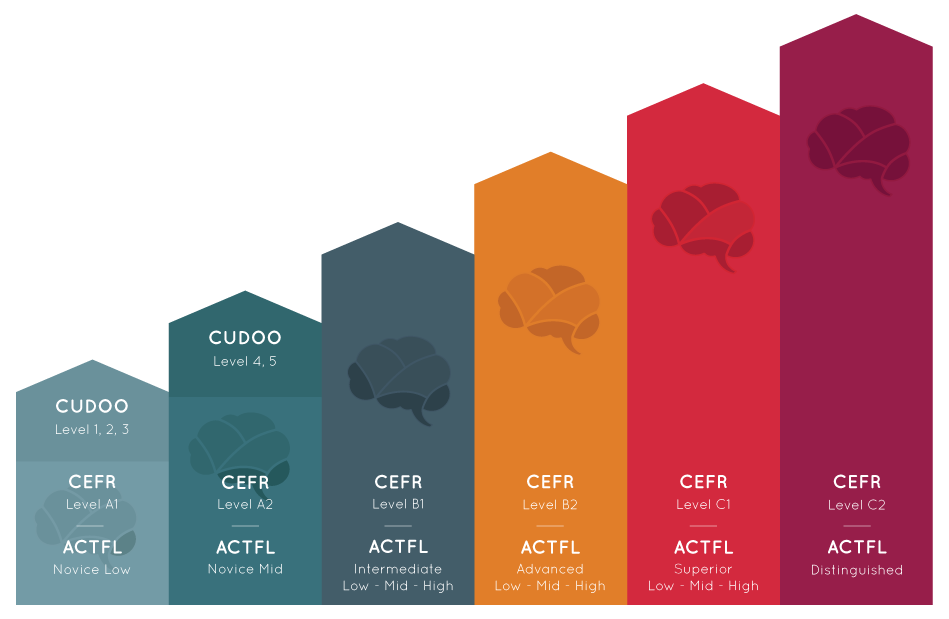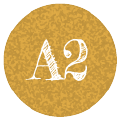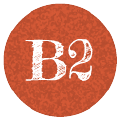We love languages and we love travel. That’s why all our languages are mapped to CEFR (Common European Framework Reference) levels, and ACTFL standards (American Council on the Teaching of Foreign Languages). This means that wherever we are in the world, we have standard levels in common for learning a language.
CEFR levels are based on Can-Dos, so we know exactly what we can do at each level, whichever language we are learning. How cool is that?


Learn the alphabet and sounds of the language, first words and basic emergency questions, and how to respond to simple phrases and questions with words.

Can understand and use familiar everyday phrases. Can introduce himself/herself and others, and can ask and answer questions about personal details. Can understand and respond to simple messages.

Can understand sentences and frequently used expressions. Can describe in simple terms aspects of his/her background and immediate environment.

Can understand the main points of a conversation (about work, school, leisure, during travels, etc.) Can produce simple, connected text. Can describe experiences and produce explanations for opinions and plans.

Can understand the main ideas of complex text on both concrete and abstract topics. Can interact with a degree of fluency and spontaneity with native speakers.

Can understand a wide range of longer texts and recognize implicit meaning. Can express himself/herself fluently and spontaneously. Can use language flexibly and effectively for social, academic and professional purposes.

Can understand with ease virtually everything heard or read. Can express himself/herself very fluently and precisely, even in the most complex situations.